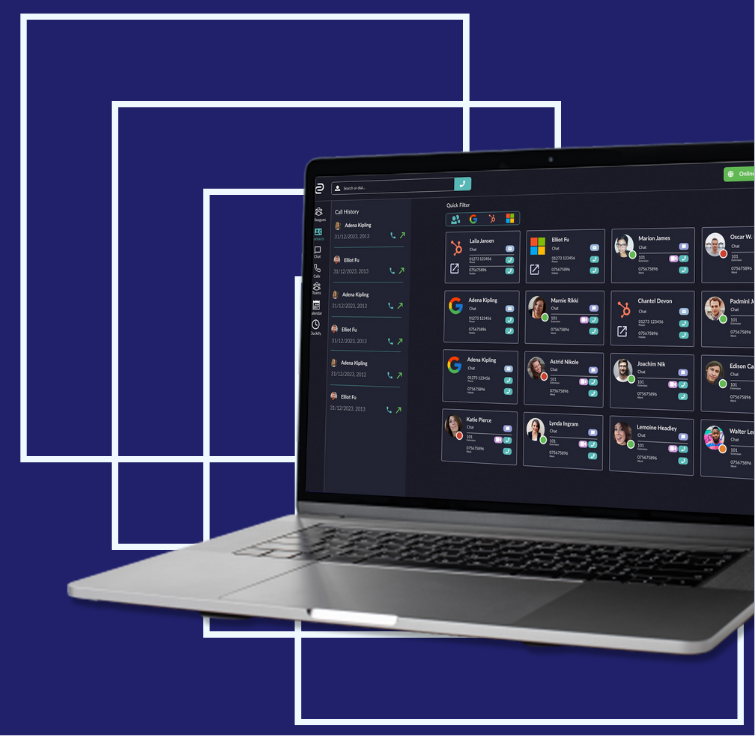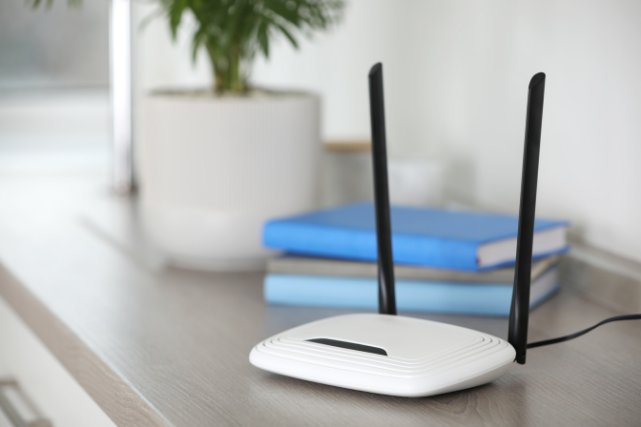Which Ericsson-LG Telephony solution is the right one for your business?
Like many things in life, when choosing the right Ericsson-LG telephony system for your business, size matters.
Since the introduction of the eMG80 range into the portfolio just before Christmas, the team at Pragma (the sole distributors for Ericsson-LG telephony in the UK) are now able to once again offer the market a strong, simple and sensible choice of Ericsson – LG solutions.
The range has, as standard, features that include: ACD and 10 levels of skills based routing (with real time position and queue announcement), auto attendant, voice-mail with choice of individual or group voice-mail boxes, voice-mail to email, call recording and UC options that include laptop soft-phone and mobile integration into the telephony system.
With such an array of technology options to suit your connectivity preferences and communications requirements, irrespective of business size, we feel that with the new Ericsson – LG range there is a solution for the telephony needs of the small to mid-market business user.
What is more the future looks very positive in terms of product development. We can expect to see Lync integration by mid-year, with Presence, Instant Messenger, address book click to dial and highlight to dial, plus CTI integration.
So all in all the Ericsson – LG position in the small to mid-market range is clearly going from strength to strength, but which solution is the one for your business?
At entry level there is the impressive eMG80:
Ideal for companies who:
- Have a requirement for between 2 and 50 extensions
- Has no CAT 5 cabling in place
- The majority of your extensions are digital or Single Line Telephones
- Less than 16 IP extensions or SIP trunks in total
- See a requirement for no more than 4 DECT base stations
- Yet desires a fully featured and flexible hybrid solution
However for businesses that require more from their telephony there is also the iPECS range.
Ideal for businesses that:
- Require a fully featured and expandable IP centric solution
- Have a site layout that would benefit from a distributed architecture
- Will require greater than 50 extensions
- The majority of which are IP
- With 16+ SIP trunks and/or IP extensions
- Has CAT 5 in place or plans to run CAT 5 cabling in
What is more, the team have also pulled together some eye catching starter bundles for customers looking for their first telephone system, or a cost effect replacement of what they might already have, utilising the new eMG80 range:.
Helpful Starter Kits:
eMG80 Bundle – BUN9A – at an impressive RRP of just £1320
- Main system (KSUA)
- 4x analogue lines
- 7x hybrid extension ports (analogue or digital)
- 1x digital extension port
- 2 port Voicemail with 1hr storage time
- Auto Attendant
- 2x VOIP channels (for remote workers, SIP trunks or networking)
- 2 slots to add expansion cards
- 2x iPECS Communicator licenses (app for Apple or Android devices)
- 2x Phontage Deluxe softphones
- 1x LDP-9030D handset
- 5x LDP-9008D handset
eMG80 Bundle – BUN9B – at an RRP of just £1450.
- Main system (KSUI)
- 1x BRIU2 card (provides 2x ISDN2)
- 7x hybrid extension ports (analogue or digital)
- 1x digital extension port
- 2 port Voicemail with 1hr storage time
- Auto Attendant
- 2x VOIP channels (for remote workers, SIP trunks or networking)
- 2 slots to add expansion cards
- 2x iPECS Communicator licenses (app for Apple or Android devices)
- 2x Phontage Deluxe softphones
- 1x LDP-9030D handset
- 5x LDP-9008D handset
And the starter bundles do not end there, with an equally interesting and cost effective range for those requiring the wider coverage and benefits of the iPECS solution.
Want to find out more…?





